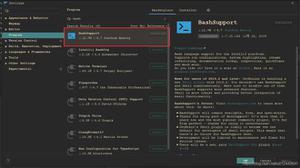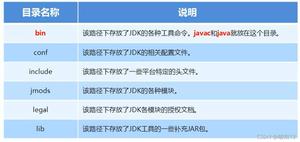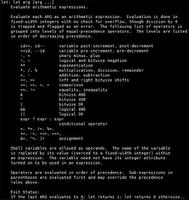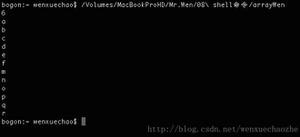ThreadPoolExecutor vs threading.Thread
我有一个关于ThreadPoolExecutor vs Thread类的性能问题,在我看来,我缺乏一些基本的理解。ThreadPoolExecutor vs threading.Thread
我有两个功能的网络刮板。首先来分析一个网站主页和第二的每个图像的链接,加载图像关闭解析链接:
import threading import urllib.request
from bs4 import BeautifulSoup as bs
import os
from concurrent.futures import ThreadPoolExecutor
path = r'C:\Users\MyDocuments\Pythom\Networking\bbc_images_scraper_test'
url = 'https://www.bbc.co.uk'
# Function to parse link anchors for images
def img_links_parser(url, links_list):
res = urllib.request.urlopen(url)
soup = bs(res,'lxml')
content = soup.findAll('div',{'class':'top-story__image'})
for i in content:
try:
link = i.attrs['style']
# Pulling the anchor from parentheses
link = link[link.find('(')+1 : link.find(')')]
# Putting the anchor in the list of links
links_list.append(link)
except:
# links might be under 'data-lazy' attribute w/o paranthesis
links_list.append(i.attrs['data-lazy'])
# Function to load images from links
def img_loader(base_url, links_list, path_location):
for link in links_list:
try:
# Pulling last element off the link which is name.jpg
file_name = link.split('/')[-1]
# Following the link and saving content in a given direcotory
urllib.request.urlretrieve(urllib.parse.urljoin(base_url, link),
os.path.join(path_location, file_name))
except:
print('Error on {}'.format(urllib.parse.urljoin(base_url, link)))
下面的代码是在两种情况分裂:
案例1:我使用多线程:
threads = [] t1 = threading.Thread(target = img_loader, args = (url, links[:10], path))
t2 = threading.Thread(target = img_loader, args = (url, links[10:20], path))
t3 = threading.Thread(target = img_loader, args = (url, links[20:30], path))
t4 = threading.Thread(target = img_loader, args = (url, links[30:40], path))
t5 = threading.Thread(target = img_loader, args = (url, links[40:50], path))
t6 = threading.Thread(target = img_loader, args = (url, links[50:], path))
threads.extend([t1,t2,t3,t4,t5,t6])
for t in threads:
t.start()
for t in threads:
t.join()
上述代码在我的机器上执行了10秒钟的工作。
情况2:我使用ThreadPoolExecutor
with ThreadPoolExecutor(50) as exec: results = exec.submit(img_loader, url, links, path)
上面的代码结果18秒。
我的理解是,ThreadPoolExecutor为每个工人创建一个线程。所以,假设我将max_workers设置为50会导致50个线程,因此应该更快地完成作业。
有人可以请解释我在这里错过了什么?我承认我在这里犯了一个愚蠢的错误,但我不明白。
非常感谢!
回答:
在案例2中,您将所有链接发送给一名工作人员。取而代之的
exec.submit(img_loader, url, links, path) 你需要:
for link in links: exec.submit(img_loader, url, [link], path)
我不尝试一下我自己,从reading the documentation of ThreadPoolExecutor
以上是 ThreadPoolExecutor vs threading.Thread 的全部内容, 来源链接: utcz.com/qa/266341.html








